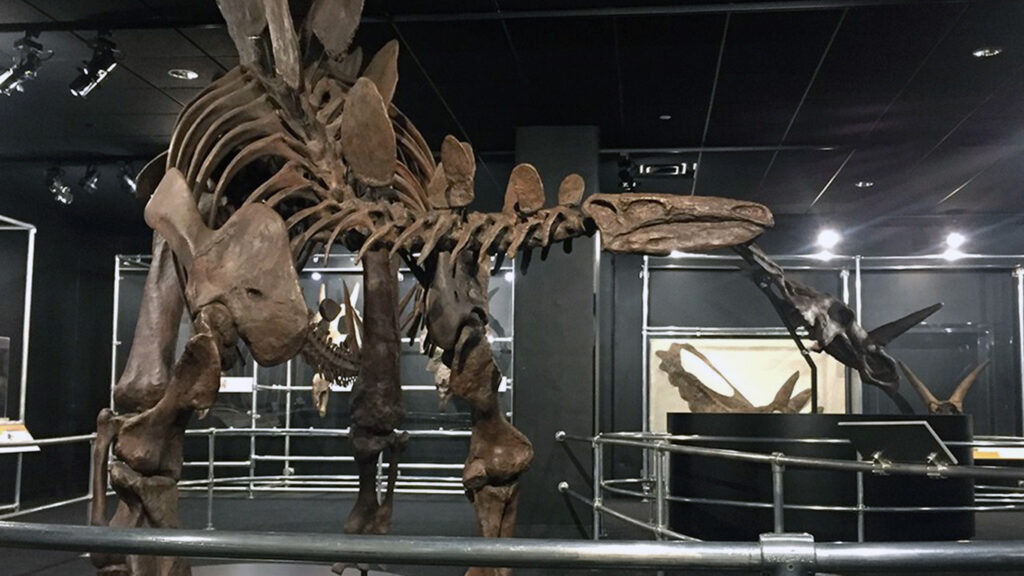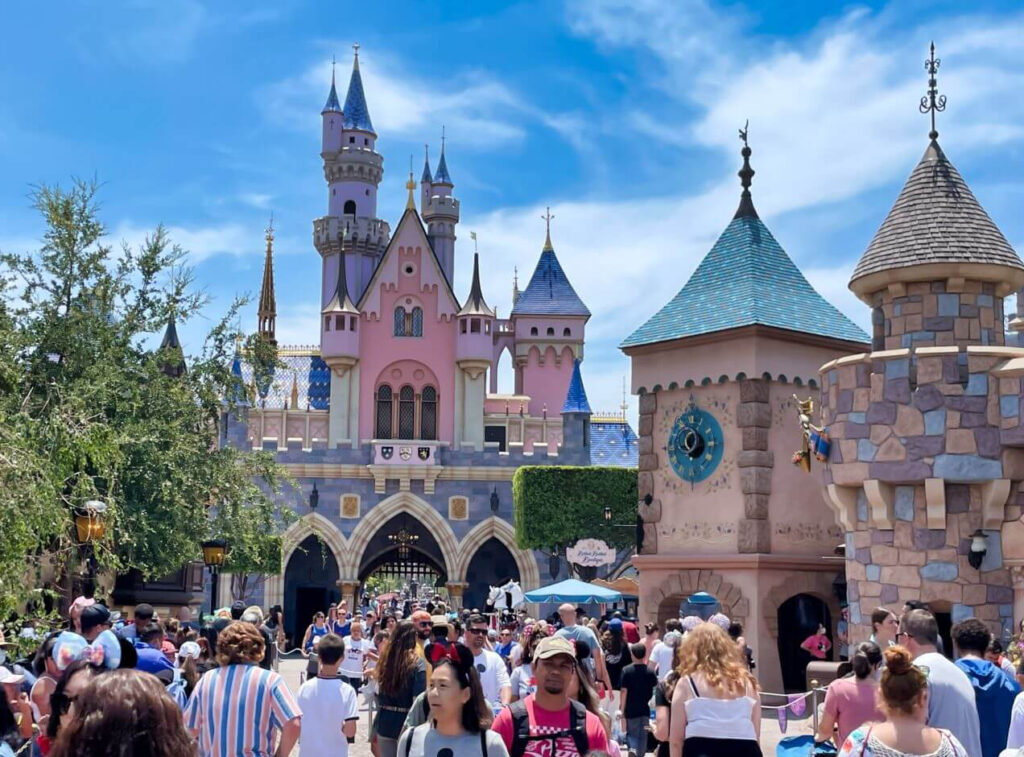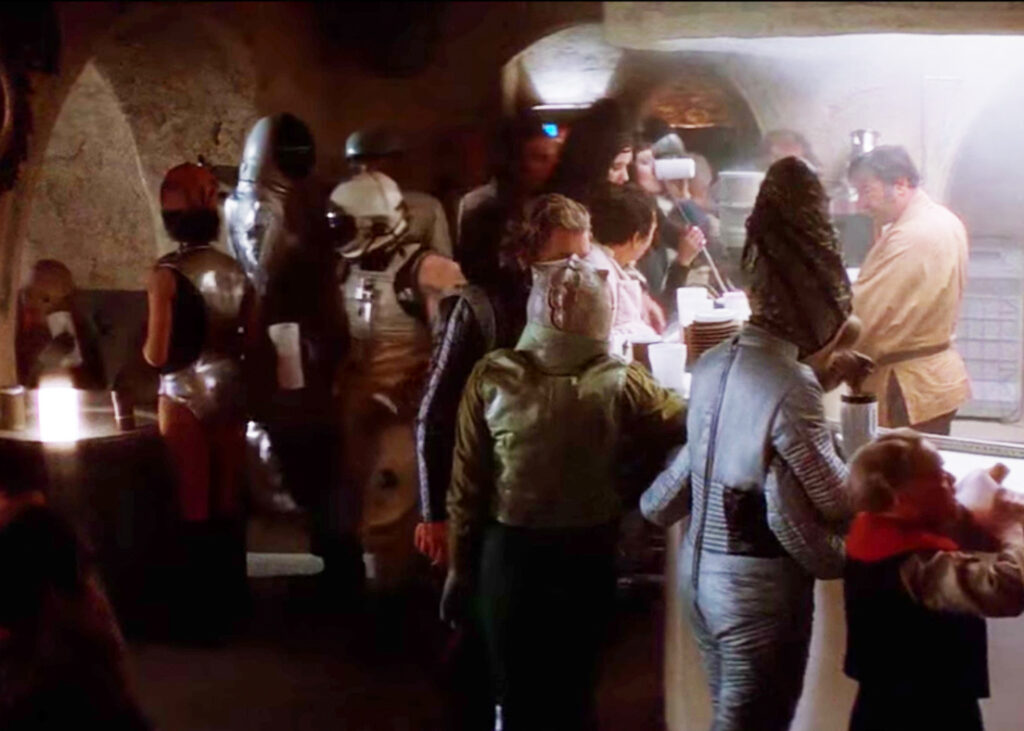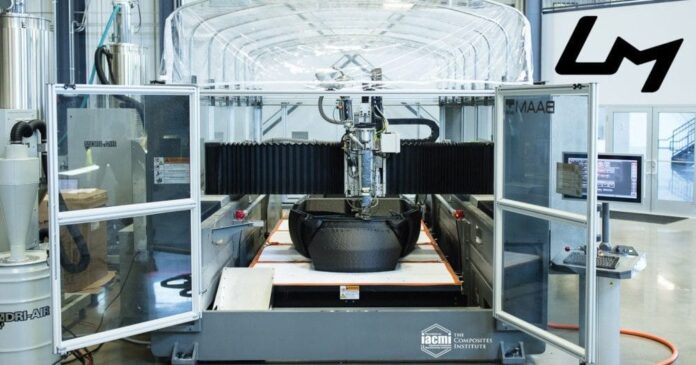Cincinnati Inc produces large format additive manufacturing machines or more commonly referred to as 3D printers. Specifically they produce two different types of machines. The first is the MAAM that is capable of printing objects up to 1m * 1m * 1m. The second is the BAAM capable of printing objects up to 8’wide * 20’long * custom height. These large format machines are being utilized by numerous industries such as construction, aerospace engineering, and foundries all for the primary purpose of tooling. This has led to a lack of sales of the BAAM and MAAM machines as industries that require them have already purchased the necessary quantity. There remains a need for disruptive use cases of these large format additive manufacturing machines to occur.
One such source of disruptive potential may come from the immersive space entertainment industry. Immersive spaces have become a popular pastime for individuals looking to break away from reality for a little bit. These spaces are locations in which predefined environments and stories are constructed. Users are then invited into the spaces to experience the story and environment. These immersive places take form in museums, escape rooms, theme parks, and many more ways. Yet they carry with them an entire suite of issues in which the MAAM and BAAM could be utilized to produce superior immersive experiences and further improve customer retention.

The first two problems that emerge in the problematic scope of immersive spaces are companies that completely lack immersive qualities and those that lack dynamic spaces. Ethnographic research at COSI led to some interesting conclusions particularly while observing in their dinosaur gallery. As seen above, the gallery was primarily constructed of black walls and glass cases with bones inside of them. These displays captured the imagination of children for merely seconds and left them scrambling from one end of the gallery to another. Adults were either left to continue their observation of the bones in the mundane room of chaotic child energy, or left chasing after their fleetly children. Both the mundane room and fleetly children could be solved by harnessing the power of immersive space design. Capturing children’s energy isn’t entirely hard and companies such as Disney are doing it everyday. Adults benefit from the immersive space too. Their endeavor goes from one of rigid academia to a sense of unbridled curiosity as they are left in an engaging environment representing the past state of Earth. Simple things could be added to the dinosaur exhibit at COSI such as modular fake vegetation, some dinosaurs with fake skin, and environments such as caves. These small innovations would lead to a far more immersive experience and ideally captivate adults and children to a greater degree without pulling away from the core subject matter.
Once these fine additions are made to the gallery though, what keeps the customer returning? Unfortunately, not much. Once a customer has experienced everything a particular scenario or experience has to offer there is little to compel them to return to the immersive space. This requires that an immersive space be dynamic. Otherworld in Ohio does a relatively good job of this practice. Upon a visit to Otherworld I was able to notice an assortment of things that had changed from my previous visit, providing me with the refreshing sense of discovery I so desperately crave when entering an immersive space for the first time. Yet this feeling was fleeting as only minor modifications had been made with perhaps one major room upgrade. One major room upgrade may seem significant, but when one pays $25 to freshly experience 20 rooms for the first time, paying $25 to see only one new room seems drastically uneconomical. Otherworld while attempting to be as dynamic as possible is lacking the ability to rapidly change in order to provide greater customer retention. Instead they serve one consumer: the new consumer. Rather than providing a refreshing experience with each visit.
For those immersive spaces that do take being dynamic seriously such as Disney World, they fail to push the envelope further into being a hyper dynamic environment. Hyper dynamic environments are those that are capable of overnight or daily changes while also maintaining a constant stream of environmental storytelling in whatever environment is displayed. For Disney’s Fantasy Land pictured below, this stream of environmental storytelling may take the form of a small number of bricks in the buildings becoming cracked or malformed. This sort of thing happens in real life and then carpenters come along and fix the issue. If a place like Fantasy Land is designed to mimic real life to a certain extent, why not do these same sorts of things here even if they are intentionally simulated?

Beyond environmental storytelling, it is important for these immersive spaces to be able to rapidly change and maintain a high level of flexibility. What I mean by this is the ability to dramatically change an experience for the next business day overnight or change the experience over one or two business days. This would look like turning Cinderella’s castle at disney world into Elsa’s castle during the night while no guests are there. In a museum like COSI, this may be the ability for an environment meant to immerse guests in the world of dinosaurs to morph into an exhibit and environment showing off Feudal Europe in the matter of a day or two. The tool set to be able to rapidly change elements of an immersive space also would serve an assortment of other roles identified by Imagineer Cory Justice during my conversation with her such as maintenance and repairs, seasonal and holiday changes, and rapid full scale prototyping of environments or elements of an environment.
In order to begin to solve the lack of worldbuilding skills seen plaguing the immersive space industry, we can begin by looking at examples of excellent world building such as Star Wars A New Hope. The Cantina scene pictured below shows off the sort of environmental worldbuilding one would expect from an immersive space. The Cantina in Star Wars is a collective of all sorts of weird creatures and characters meandering around a run down spaceport bar. The structure is degrading. There are drinks everywhere and a haze clouds our vision. While serving as an example of what worldbuilding should look like, Cincinnati Inc’s contributions are limited by Additive Manufacturing. There are only so many things that can be printed. Unfortunately it is not possible to print people and it would be a waste to print objects that don’t realize the majority of the print volume of either the BAAM or MAAM. This leaves a fair amount of clever thinking to be had regarding the environmental printing capabilities of the MAAM and BAAM machines.

While the contributions that the BAAM and MAAM could have regarding the immersive space industry are starting to become clear there are still further limitations to this machine. Use of this machine requires a trained individual to operate it, putting upfront costs on either the immersive space purchasing the printers or CIncinnati Inc themselves. The BAAM and MAAM are also limited by what materials they can print in and the color scheme that they can print in. Regardless of use case in the immersive space, parts and pieces printed off the BAAM and MAAM will require some form of post production manual finishing whether this be running the piece through a CNC machine, manually finishing it, or painting the piece.
Further problematic qualities of the BAAM and MAAM will be the shipping and cost of printed parts and pieces. Although shipping costs may be negligible compared to other materials shipped to and from immersive spaces. Costs of prints could be mitigated by partnerships between immersive spaces to buy pieces together and then share them as a collective group in order to increase the variety of available environments.
Although both the MAAM and BAAM have their own unique limitations, they are both fully capable of tackling the problem of lack of world building in immersive spaces or in helping create more dynamic immersive spaces. They are capable of printing at rapid speeds and have the build volume to build the big things in environments that captivate human interest. Although this is likely not a problem set that Cincinnati Inc will handle themselves. The current stakeholders in this situation are Cincinnati Inc as the producers of the BAAM and MAAM, Immersive spaces suffering from lackluster world building, and users that are finding it impossible to engage in these shallow environments. Cincinnati Inc is not in the business to manufacture parts for immersive spaces and immersive spaces likely don’t have the funds to purchase an upwards of $800,000 machine. The need for a new stakeholder emerges between Cincinnati Inc and the Immersive spaces to serve as a purchaser of the large format additive machines and then a producer of the parts that immersive spaces require to create a more dynamic environment.
Production of this new business model also has the added benefit of solving the problems of all the other stakeholders in the paradigm. Details on the companies operations would need to be flushed out to best situate it in a position to solve the problematic, but these issues are all achievable given the capabilities of the BAAM and MAAM along with the nature of the problems in immersive spaces.




